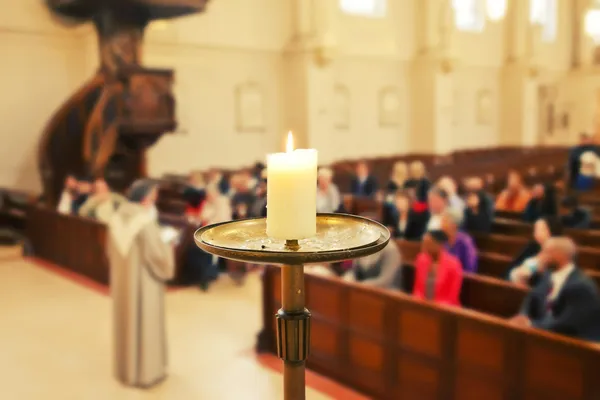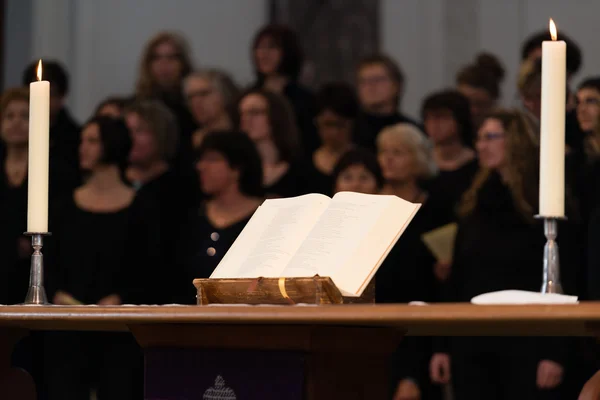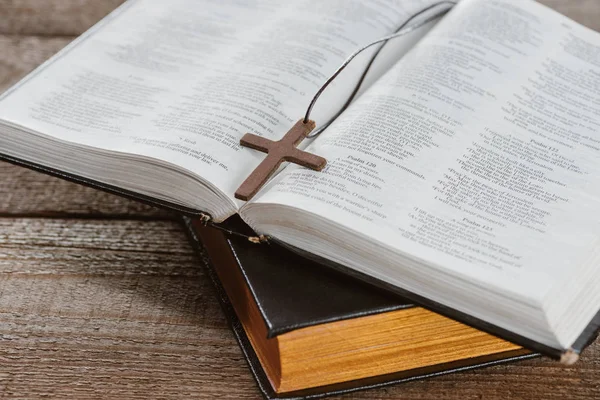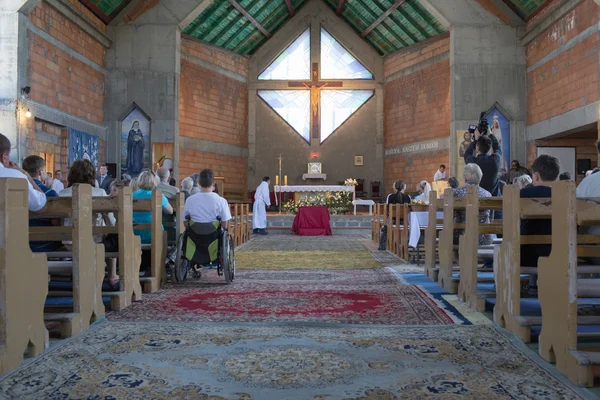
Even in an era where cultural currents shift on an hourly basis, most Americans still affirm that God doesn’t change. But hidden behind that stubborn declarative is a compelling set of contradictions, shifting traditions, and changing generations that convey a richer spiritual story than surface statistics suggest. The 2025 State of Theology study, conducted by Lifeway Research and Ligonier Ministries, offers a deep dive into how U.S. adults think about God, the Bible, morality, and how to live out their faith and how those perceptions have been unchanged or altered in the wake of the pandemic.

1. A Stable God, but Divided Theology
More than two-thirds of Americans (68 percent) agree God does not change, and 71 percent agree with the classic Christian doctrine of one God in three Persons: Father, Son, and Holy Spirit. But the survey finds many believe the opposite of these foundation doctrines. 57 percent of the majority describe the Holy Spirit as a force rather than a person, and 49 percent believe that Jesus was an excellent teacher but not God. Evangelicals by conviction are far more likely to disregard these positions, but the results call attention to what Scott McConnell, executive director of Lifeway Research, describes as “sharp contrasts between what Americans believe about God and how He revealed himself in Scripture.”

2. The Emergence and Stabilization of Worship Outside of Church Walls
The pandemic accelerated acceptance of personal or family worship as a substitute for in-church attendance. In 2022, two-thirds of Americans agreed it was an acceptable substitute for church, up from 58 percent in 2020. In 2025, the number dropped to 63 percent, but is still higher than before the pandemic. This shift is in line with broader attendance trends: Gallup data show average weekly on-site attendance has leveled at about 30 percent since 2020, below the 34 percent pre-pandemic and about 10 points lower than 2012 levels. Although many churches have reopened fully, habits have adjusted and for some, the convenience of at-home worship remains attractive.

3. Membership No Longer a Given
Only a third of US adults (33 percent) believe every Christian must belong to a local church, down modestly from 2022. Regular church attenders and weekly attenders are far more likely to concur with the requirement (57 percent) than occasional attenders (15 percent). This is symptomatic of a wider cultural shift: Among evangelicals, mainline Protestants, and Catholics, formal membership is declining as a perceived requirement.

4. Morality In the Modern Context
Most often when Americans are determining right and wrong, they are using personal experience and reason most frequently. A national survey taken recently discovered that 93 percent of Americans indicate that “practical experience and common sense” are very important in determining right and wrong, while slightly more than half indicate the same concerning religious teaching. This perspective can explain why 65 percent believe God embraces the worship of all religions, and nearly half (46 percent) say religious faith is not concerned with objective truth.

5. Social Issues and the Sin Debate
Americans continue to grapple with the intersection of biblical teaching and contemporary cultural debates. Half (52 percent) also define sex outside traditional marriage as a sin, and 65 percent indicate God had in mind one man, one woman for marriage. On abortion, 49 percent of Americans call it a sin, down from 53 percent in 2022. Public sentiment regarding gender identity is still sharply polarized: 38 percent say it can be chosen regardless of biological sex, and 54 percent disagree, including 42 percent who firmly disagree. Young people, Westerners, and urban dwellers most strongly support choice in gender identity.

6. Eternal Realities, Selective Application
The majority (62 percent) anticipate that Jesus will return and judge everyone, and 57 percent affirm hell to be a real place of eternal punishment for some. Yet only 23 percent agree that even the slightest transgression deserves eternal damnation. McConnell writes, “Americans are much more willing to agree Jesus will judge people one day than to agree on what is a sin or which sins warrant eternal punishment.”

7. The Bible’s Divided Reception
Americans are nearly evenly split on the Bible’s authority and truthfulness. Half (49 percent) believe it is 100 percent accurate in all it teaches, while 48 percent see it as containing helpful ancient myths but not literal truth. Belief that modern science disproves the Bible has declined slightly to 36 percent. Still, two-thirds (65 percent) affirm the biblical accounts of Jesus’ bodily resurrection as completely accurate a belief that has remained stable since 2016.

8. The Long Arc of Religious Change
All of these theological snapshots are part of an even broader demographic narrative. Back in the early 1990s, almost 90 percent of Americans were Christian; now it’s a bit over two-thirds. The religiously unaffiliated adults have grown to 29 percent, driven by generational “switching” out of Christianity and growing social acceptability of being unaffiliated. Among young adults, the unaffiliated label is increasingly “stickier” than a Christian one, with increasingly more retaining it into young adulthood. This long-term change is the backdrop against which today’s stable-yet-contradictory theology plays out.

9. A Changing Church Experience
Post-pandemic, the very definition of “regular” church attendance has changed. Surveys show that only 54 percent of Protestant evangelicals currently attend church in person each week, and 26 percent of churchgoers began frequenting their current church after the pandemic began. Online services remain ubiquitous, with 15 percent of evangelicals having initially used a church online three times the pre-pandemic figure. For leaders and pastors, it means preaching to a new mix of people each week and imagining anew how unity and discipleship are to be constructed in multi-racial congregations.
The 2025 State of Theology observes that while fundamentals of beliefs about God’s nature are astonishingly stable, the ways Americans go about understanding, saying, and living out those beliefs shift. The challenge and opportunity for churches is to bridge the gap between theological assent and normal, biblically grounded practice in a world where religion itself and its expressions are in constant flux.


